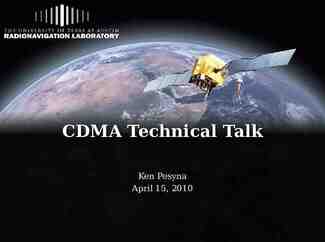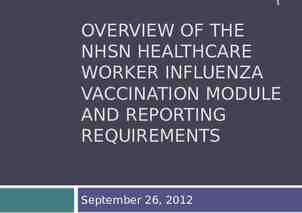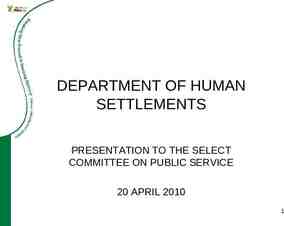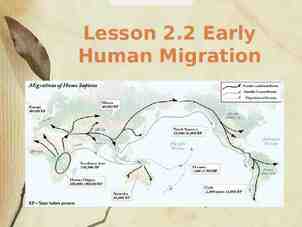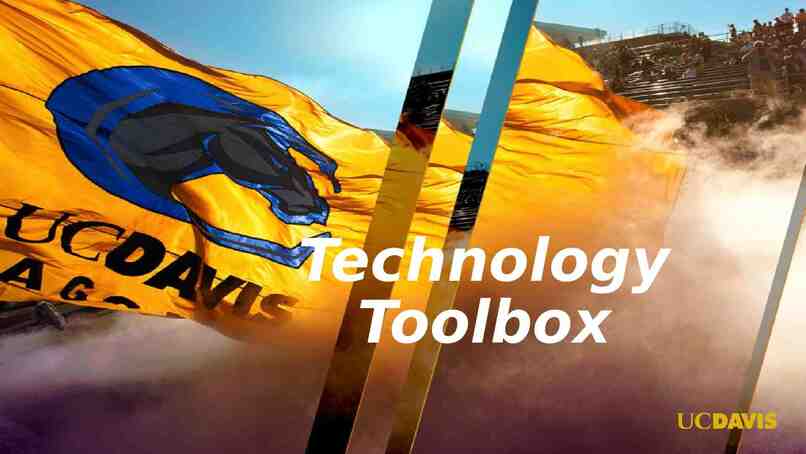Drill of the Month Safety Officer’s Role Maryland Fire and
22 Slides888.50 KB

Drill of the Month Safety Officer’s Role Maryland Fire and Rescue Institute

Student Performance Objective At the conclusion of this session, the firefighter, operating as a safety officer will be able to list the general duties of the incident scene safety officer, identify scene safety concerns, fire behavior considerations, special operations incidents, the role of the safety officer prior to an incident, during an incident and after the incident. . Maryland Fire and Rescue Institute Drill of the Month - 2

Overview Introduction Scene Safety considerations Special operations Role prior to the incident Role during the incident Challenges for the Safety Officer Role following the incident Maryland Fire and Rescue Institute Drill of the Month - 3

Introduction Incident commander has ultimate responsibility. Larger/Complex incidents – Safety responsibility is broad – Delegation is essential NFPA 1521 defines the Safety Officer’s role. – Incident Safety Officer, and – Health and Safety Office More FF’s injured and killed on scene. – Having a safety officer will reduce injury and death Maryland Fire and Rescue Institute Drill of the Month - 4

Introduction Other duties of the Safety Officer: – Scene rehabilitation initiated/sustained – Monitor conditions, hazards and risks – Personnel accountability – Ensure understanding of the IAP – Risk assessment – Identify safety/collapse/hot zones – Monitor vehicle traffic – Monitor radio communications – Identify need for additional Safety Officers – Evaluate aircraft operations Maryland Fire and Rescue Institute Drill of the Month - 5

Introduction Effectiveness as a Safety Officer requires: – Support, and – Confidence of the IC Safety Officer must posses: – Creditability – Interpersonal skills – Mutual respect Maryland Fire and Rescue Institute Drill of the Month - 6

Scene Safety Considerations SO must be knowledgeable: – Incident scene operations. – Potential hazards for all types of incidents IMS must be employed. – SO must function within the IMS. Maryland Fire and Rescue Institute Drill of the Month - 7

Scene Safety Considerations Special knowledge the SO should possess: – Firefighting strategy and tactics – Building construction – Fire behavior and Fire loads – Forcible entry – Ventilation – Evacuation procedures – SCBA and PPE usage – Climatic conditions – Ladder operations – Establishing control zones Maryland Fire and Rescue Institute Drill of the Month - 8

Scene Safety Considerations Firefighting strategy and tactics: – All types of incidents – Placement of apparatus – Use of supply and attack lines – Ventilation procedures – Rescue operations – Forcible entry procedures Maryland Fire and Rescue Institute Drill of the Month - 9

Scene Safety Considerations Building construction: – Good understanding of building design – Risk evaluation – Hazard recognition ability Light weight wood construction Truss weaknesses Wall collapse Balloon frame construction – Predict collapse scenarios Maryland Fire and Rescue Institute Drill of the Month - 10

Scene Safety Considerations Fire behavior: – Principals of heat transfer – Backdraft/flashover – Forms of fuel classification – Properties of fuel – Physical science of fire Maryland Fire and Rescue Institute Drill of the Month - 11

Scene Safety Considerations Fire loads: – Maximum heat production – Target hazards and fire load potential – Knowledge aids operation Forcible entry: – Understand techniques – Understand hazards Maryland Fire and Rescue Institute Drill of the Month - 12

Scene Safety Considerations Ventilation: – Understand ventilation principals – Effects of improper ventilation – Understand negative and positive Ventilation Evacuation procedures: – Essential at all types of incidents – Understand policy: Ordering an evacuation Notifying and using personnel effectively Establishing a relocation area Maryland Fire and Rescue Institute Drill of the Month - 13

Scene Safety Considerations SCBA and PPE: – Understand standards and policy – Enforce use as appropriate Climatic conditions: – Weather can have an adverse effect – Maintain constant awareness – Adverse conditions include: Extreme temperature and humidity Freezing rain and snow High wind Maryland Fire and Rescue Institute Drill of the Month - 14

Scene Safety Considerations Ladder operations: – Understand ground and aerial ladders – Ensure sufficient ground ladders are in place Establishing Control zones: – Allow for personnel accountability – Collapse zone based on: Building height and Construction type – Control zones aid in scene management Maryland Fire and Rescue Institute Drill of the Month - 15

Special Operations Type of incidents: – Hazardous materials – Emergency medical and mass casualty – Technical rescues Confined space Structural collapse High angle extrication Government regulations and standards: – OSHA/MOSH – NFPA Maryland Fire and Rescue Institute Drill of the Month - 16

Role of SO Prior to the Incident Identify high hazard and risk locations Review and develop pre-incident plans Review and develop standard operating procedures Ensure adoption and implementation of the IMS Conduct research and development relating to: – firefighting strategy and tactics – Safety best management practices – Other technologies Maryland Fire and Rescue Institute Drill of the Month - 17

Role of the Safety Officer at an Incident Coordinate with the IC, understand the IAP Conduct incident safety size-up Report size-up information to the IC Establish control zones Establish rapid intervention teams Provide advice on challenging conditions Monitor communications Monitor vehicle traffic Continually assess risks Maryland Fire and Rescue Institute Drill of the Month - 18

Challenges for the Safety Officer Recognition of how conditions change Continual risk assessment at benchmark operations: – Primary search completed – Fire knocked down – Patient extrication complete – Hazardous materials spill contained Manage the risk Effectively use interpersonal skills Enforce accountability Effectively support operations Plan for additional resources Maryland Fire and Rescue Institute Drill of the Month - 19

Role of the Safety Officer after the Incident Post incident analysis and reports Injury or death reports Identification of corrective action for future incidents: – Violations of department SOP’s – Poorly defined procedures – Unforeseen conditions – Training deficiencies Maryland Fire and Rescue Institute Drill of the Month - 20

Student Performance Objective At the conclusion of this session, the firefighter, operating as a safety officer will be able to list the general duties of the incident scene safety officer, identify scene safety concerns, fire behavior considerations, special operations incidents, the role of the safety officer prior to an incident, during an incident and after the incident. . Maryland Fire and Rescue Institute Drill of the Month - 21

Overview Introduction Scene Safety considerations Special operations Role prior to the incident Role during the incident Challenges for the Safety Officer Role following the incident Maryland Fire and Rescue Institute Drill of the Month - 22

